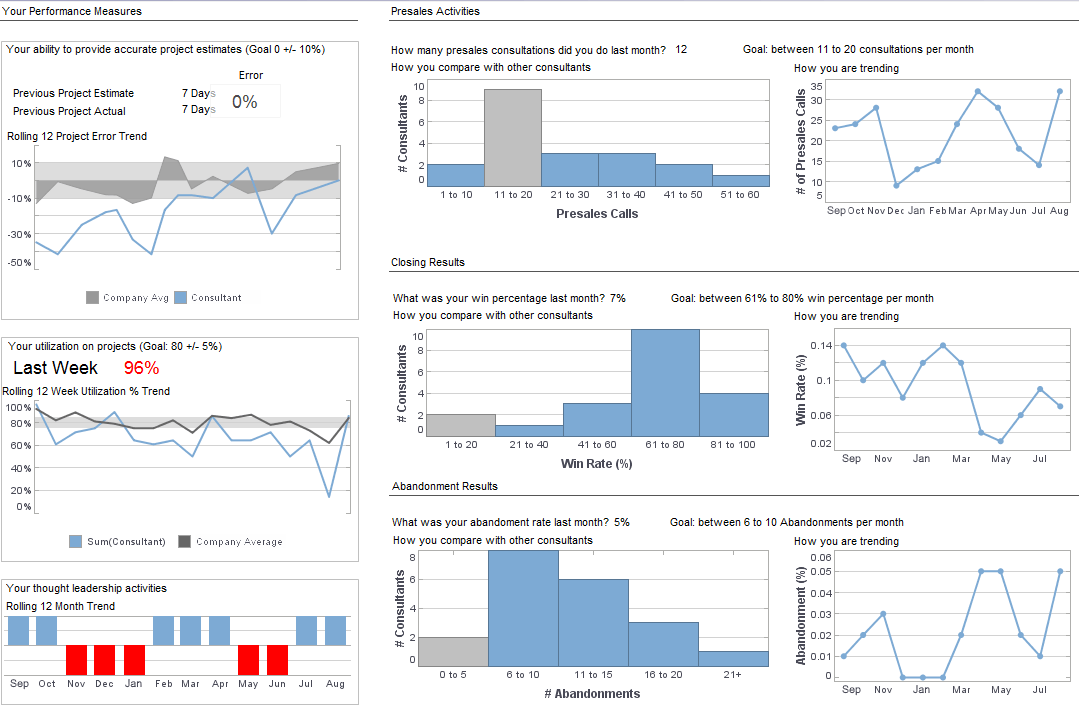InetSoft's CEO Discusses Trends in Business Intelligence
The Business Intelligence Network speaks with InetSoft’s Luke Liang in an exclusive interview
Ron Powell (Editorial Director of the Business Intelligence Network): Welcome, Luke.
Luke Liang (CEO, InetSoft Technology): Thanks, Ron. Thanks for having us here today.
Powell: Luke, could you explain to our audience your view of what operational business intelligence is and how InetSoft became focused on it?
Liang: Yes, Ron. Well first of all, business intelligence is really an outgrowth from the old days of operational reporting. What makes this different from traditional reporting is that now business intelligence is much more dynamic.
Operational BI is different from traditional BI because it has just-in-time information delivery. And it also serves a diversified group of people. It is no long just data analysts. We’re now talking about anybody from front-line workers to managers, or any information worker.
Challenges with Traditional BI Tools
There is also a convergence of operational and analytic processes. It used across an organization. It is no longer just used by certain departments like Finance or Strategic Planning.
We have a background in enterprise reporting. That is what we have been doing for the past 10 years. We learned about these operational BI needs from our reporting software customers. Our reporting customers have loved the functionality of the reporting solution. Enterprise reporting has delivered a consistent execution and helped them to drive business processes.
But what they found after all that reporting was in place, was that there is always a business conflict when dynamic information access comes in. You want to execute reports consistently and in a timely fashion. And you can’t allow the dynamic reporting needs to interfere with those reporting processes. So there needs to be a solution for the dynamic information access needs.
In the beginning, we were a little confused about why they didn’t just use traditional BI tools to address those issues because they often had other BI tools available to them, and some of them actually use that business intelligence software in other areas.
But what we have found is that they are facing a lot of challenges that are a little different from the problems that traditional BI tries to address. We found that they really cannot wait for the long data refresh cycle of a data warehouse update, or be happy with “old” data. That data warehouse process is too slow and too expensive.
And ease of use was a big problem for them. Because when you push BI applications throughout an organization, the skill levels of folks are changing dramatically. And if you want to get them all involved, but you have just thrown a very sophisticated tool at them. These folks begin to feel that the application is too complex, too overwhelming.
And the third largest problem we saw was that the enterprises wanted this business intelligence to be available in the context, inside their business process, inside their business systems. Many times that is very hard to do. So this is what brought us in to the business intelligence market. We saw a gap in the market.
Evolution of InetSoft's Operational BI Approach
Powell: That's a fascinating perspective on the market gap. How has InetSoft's approach to addressing these operational BI challenges evolved over time?
Liang: Our approach has been to focus on three core principles: real-time data access, intuitive user interfaces, and seamless integration capabilities. We've developed our Style Intelligence platform to deliver information directly from operational systems without requiring extensive data warehouse infrastructure. This allows organizations to get immediate insights from their live data.
The user experience has been paramount in our design philosophy. We've created dashboards and visualizations that are intuitive enough for any business user, regardless of their technical background. Our drag-and-drop interface allows users to create their own reports and dashboards without needing IT support for every request.
Powell: Looking ahead, what trends do you see shaping the future of business intelligence, particularly in the operational space?


